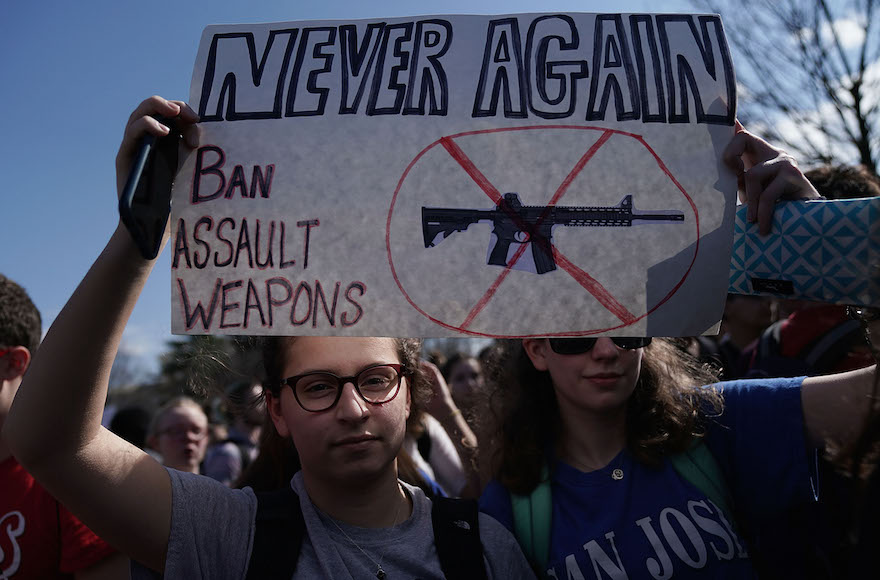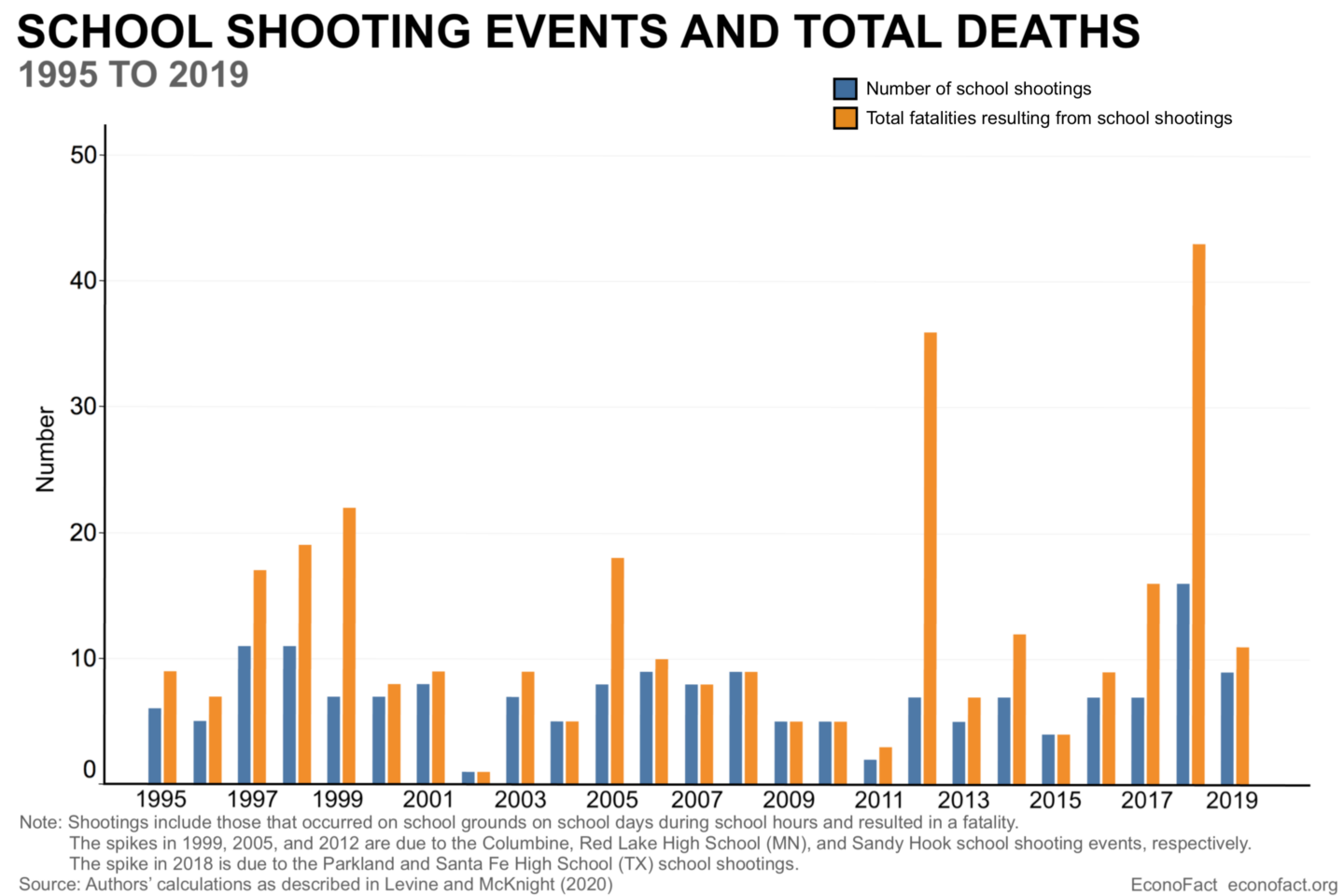How to Prevent Gun Violence:
Pass gun laws that actually reduce gun violence:
Not all gun laws are created equal. The military-grade rifles used in many mass shootings may dominate the political debate, but they account for less than 5% of homicides. Meanwhile, research published in JAMA Internal Medicine found that strong firearms laws in a state, such as background checks for all private sales and restrictions on multiple purchases were associated with lower rates of gun homicides. Researchers are also finding links between right-to-carry laws, which require governments to issue concealed-carry permits to citizens who meet certain requirements, and spikes in firearms crime. A 2017 National Bureau of Economic Research working paper estimates that 10 years after the adoption of right-to-carry laws, violent crime is 13% to 15% higher than it would have been without those policies. Another measure that has attracted lawmakers’ attention is extreme-risk protection orders. These allow family members or law enforcement to petition a court to temporarily bar an at-risk person from buying firearms. Police may also be permitted to confiscate their guns.

Help someone that might have mental health problems:
Although it is important to recognize that most people suffering from a mental illness are not dangerous, for those persons at risk for violence due to mental illness, suicidal thoughts, or feelings of desperation, mental health treatment can often prevent gun violence. Policies and programs that identify and provide treatment for all persons suffering from a mental illness should be a national priority. Additionally, it should be noted that behavioral threat assessment is becoming a standard of care for preventing violence in schools, colleges, and the workplace and against government and other public officials. Threat assessment teams gather and analyze information to assess if a person poses a threat of violence or self-harm, and if so, take steps to intervene.
Prevention of violence also occurs along a continuum that begins in early childhood with programs to help parents raise emotionally healthy children and ends with efforts to identify and intervene with troubled individuals who are threatening violence. The mental health community must take the lead in advocating for community-based collaborative problem-solving models to address the prevention of gun violence. These models should be able to blend prevention strategies in an effort to overcome the tendency within many community service systems to operate in silos. There has been some success with community-based programs involving police training in crisis intervention and with community members trained in mental health first aid, but these programs need further studying so they can be expanded to additional communities. In addition, public health messaging campaigns on safe gun storage are needed. The practice of keeping all firearms appropriately stored and locked must become the only socially acceptable norm.
